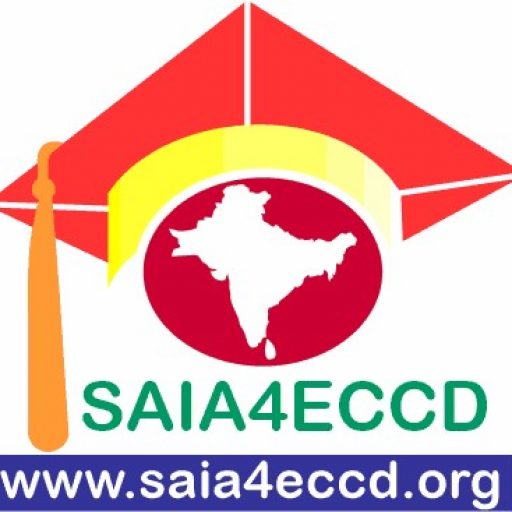Sri Lanka, formerly Ceylon, island country lying in the Indian Ocean and separated from peninsular India by the Palk Strait. It is located between latitudes 5°55′ and 9°51′ N and longitudes 79°41′ and 81°53′ E and has a maximum length of 268 miles (432 km) and a maximum width of 139 miles (224 km).
Proximity to the Indian subcontinent has facilitated close cultural interaction between Sri Lanka and India from ancient times. At a crossroads of maritime routes traversing the Indian Ocean, Sri Lanka has also been exposed to cultural influences from other Asian civilizations. Ancient Greek geographers called it Taprobane. Arabs referred to it as Serendib. Later European mapmakers called it Ceylon, a name still used occasionally for trade purposes. It officially became Sri Lanka in 1972.
Sri Lanka is a beautiful island about half the size of Nepal. The island has a warm, tropical type A climate, with forested hills and mountains in the center. Rivers flow from the center outward to water the farm fields of rice and other crops. Cinnamon is native to the island and has been cultivated since colonial times as an important export. Coconuts, coffee, and tea are also important export products. The island is home to various national parks, four biosphere reserves, and several wild elephant herds. Sri Lanka has the potential to become a major tourist destination with high incomes and a hub for international trade.
- National Policy on Early Childhood Care and Development
- Early Childhood Development Standards for Sri Lankan Children’
- Laying the Foundation for Early Childhood Education in Sri Lanka
- Evolution of Early Childhood Care and Development (ECCD) in Sri Lanka: Analysis of the state responsibility
- PROFILE OF EARLY CHILDHOOD CARE & EDUCATION (ECCD) IN SRI LANKA: ANALYSIS OF THE PAST AND PRESENT
- Title of the Study : Early Childhood Care and Development in Sri Lanka Researcher : Mrs. Chitrangani Abhayadeva
